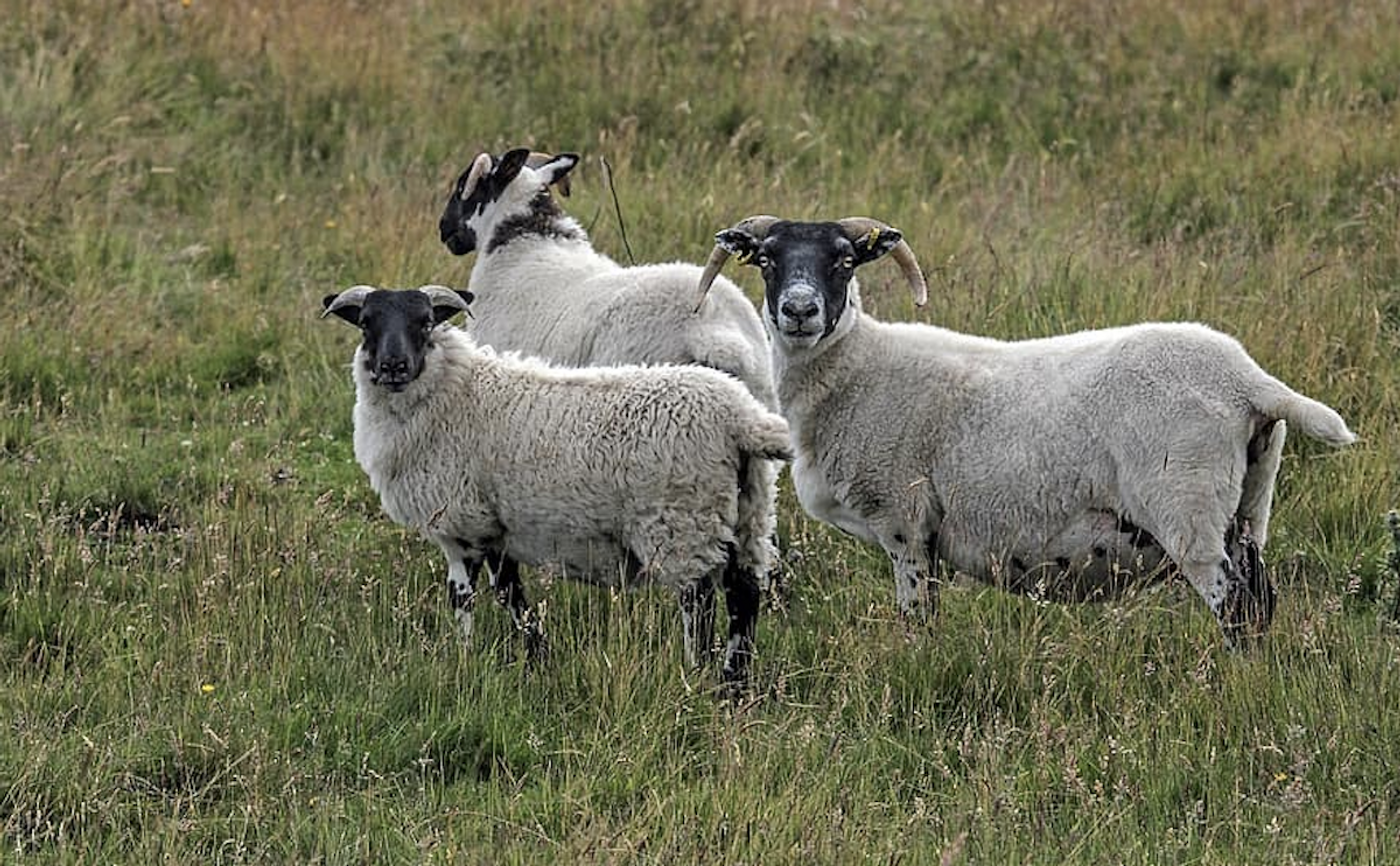Understanding How Animals Make Seasonal Adaptations
Some animals don't need a new wardrobe to change with the seasons, and scientists have now learned more about how they do it. Reporting in Nature Communications, the researchers found that the brain is able to respond to the lengthening or shortening of days, and this allows animals to grow coats and change their body temperatures. This work was conducted with a sheep model, but the investigators suggested that it could also explain the seasonal adaptations of other species including birds, reptiles, and mammals.
We already know that the body has a clock that syncs with the day, and our body goes through changes that are linked to our typical waking and sleeping hours, called the circadian rhythm. It's also known that there are seasonal rhythms, but less is known about them.
"Fluctuations in hormones and behavior are part of a delicate biological orchestra that is crucial to life. Many animals depend on seasonal changes in their biology to survive and our findings are a crucial part of the puzzle to understand the underlying processes," said the co-leader of the study, Professor Simone Meddle of the University of Edinburgh's Roslin Institute.
In this study, researchers wanted to know more about the genetic changes that occur as the seasons pass. They focused on the pituitary gland, a hormone-releasing structure in the brain. With the sheep model, they studied how gene expression changed in the pituitary gland when days were long and nights short - the summer, and when days were short and nights long - the winter.
They found that the length of the day can activate one of two different mechanisms. During the summer, days are long and the brain produces particular hormones that trigger certain patterns of gene expression. These lead to the physical characteristics that are associated with summer. As days are shorter winter, night time hormones are released for longer periods of time, causing the physical changes associated with wintertime.
The mechanisms that are triggered by the length of day both involve a gene called BMAL2. It's known to play a role in the circadian rhythm, but this is the first study to link the gene to seasonal adaptations.
"The genetic 'flip-flop' timer we have identified is key to functions such as fertility as sheep transition between winter and summer," said study co-leader Professor Andrew Loudon of the University of Manchester. "We speculate that this genetic timer is likely to be fundamental to yearly changes in many species."
Sources: AAAS/Eurekalert! via University of Edinburgh. Nature Communications, Farm & Animals









